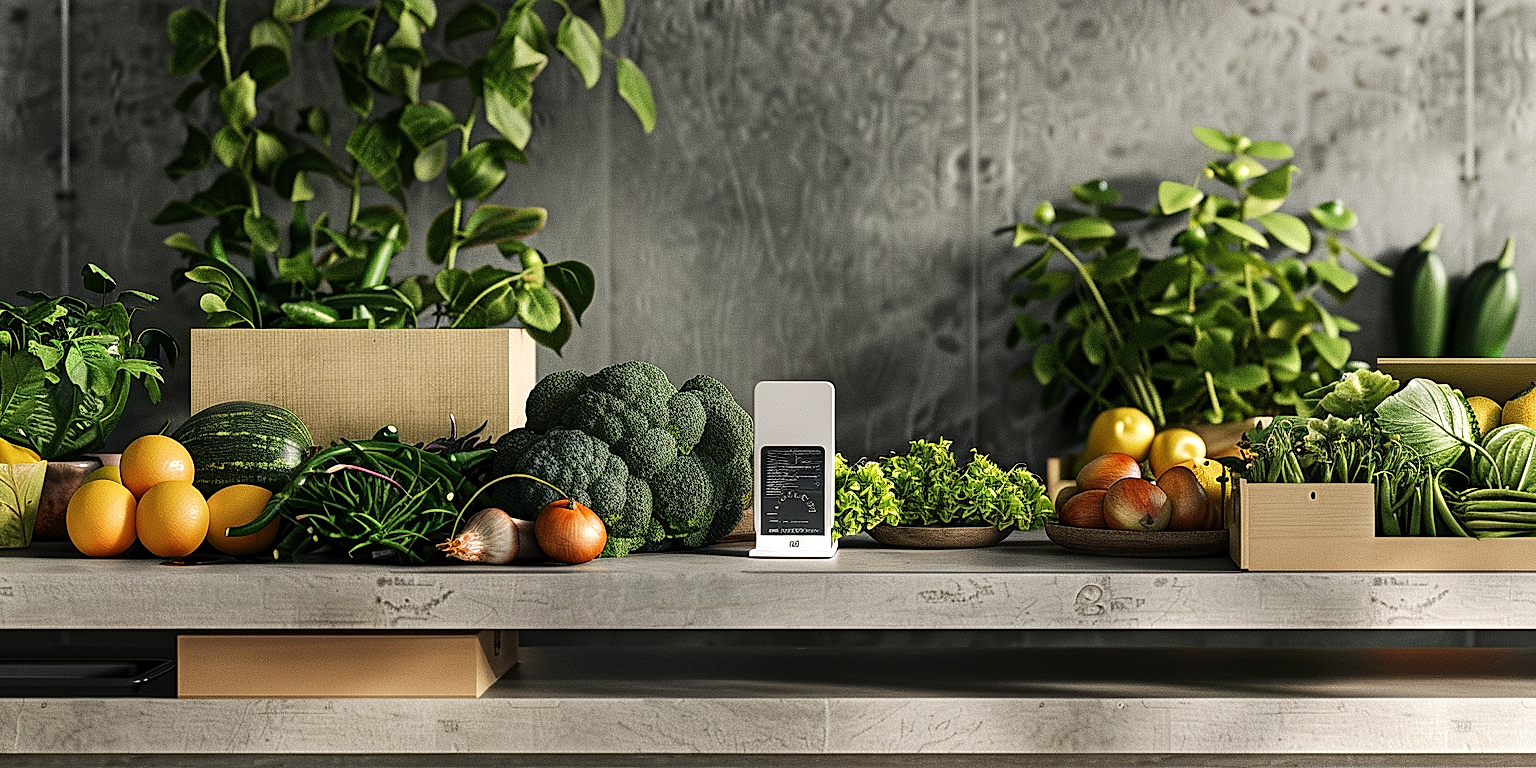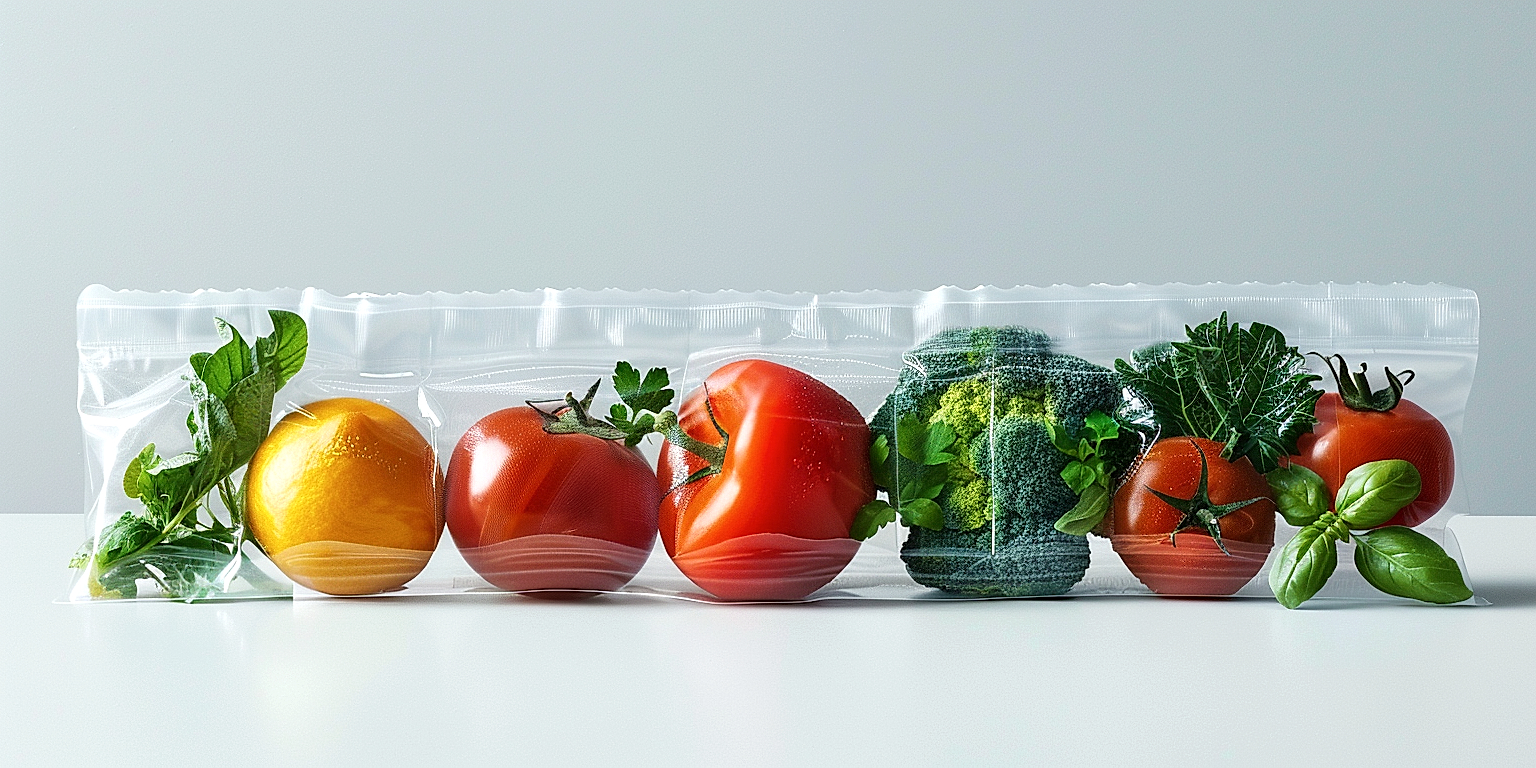Worldwide consumers are increasingly conscious of the food they consume, with a growing demand for high quality, fresh produce.
Retail outlets find themselves at the crossroads, aiming to fulfill this escalating customer expectation while maintaining profitability and reducing food waste.
The fine balance to achieve this can be complex, and requires effective strategic planning.
This discussion will delve into various strategies that retail outlets can implement.
Covering topics from effective sourcing and quality control to innovative technology utilization, we will explore practical solutions these businesses can adopt.
Throw a careful eye on streamlining operations while maintaining impeccable quality, we aim to address the key challenges faced by retailers in this sector.
Strategies For Premium Quality Produce In Retail
1. Source local, organic, sustainably grown produce
The first step in ensuring premium quality produce in retail is to source local, organic, sustainably grown produce.
This approach tackles several critical aspects of product quality and sustainability at once, making it a keystone strategy for those aiming to provide the best possible fruit and vegetables to their customers.
There are several ways in which sourcing from local, organic farms can contribute to product quality.
Firstly, local produce tends to be fresher as it is not subjected to long transportation times that can degrade quality.
Additionally, organic produce, grown without chemical pesticides and fertilizers, is often perceived by customers as being higher in quality and better for their health.
Sourcing sustainably grown produce, meanwhile, can differ from local and organic sourcing, it means buying from farms that employ agricultural techniques that minimize damage to the environment and promote biodiversity.
This encompasses measures such as water conservation, reducing soil erosion, and avoiding the use of harmful pesticides.
Demand for such produce is growing among consumers, increasing the opportunity for retailers to stand out by providing it.
It’s also worth noting how sourcing locally can help retailers build stronger relationships with their suppliers.
Having a good rapport with suppliers can lead to more favourable trading terms, the ability to request specific products or varieties and being a top choice when high-quality stock is scarce.
This often translates into being able to provide customers with better range, quality and value, which in turn can give a retailer a competitive edge.
Moreover, sourcing from local farms can add a story to the products, which is something consumers are increasingly drawn to.
Being able to say that the fruit and vegetables on offer are grown at a local farm, using sustainable methods, can foster customer loyalty and build a positive brand image.
It can also provide a direct line to the growers themselves, enabling a retailer to gain insights into upcoming harvests and product availability.
Finally, sourcing local, organic and sustainably grown produce is not only an effective strategy for ensuring quality but is also a statement of values – it signals an investment in the health of customers and the planet.
In conclusion, sourcing from local, organic, sustainably grown farms is a sure-fire way to offer the highest quality produce, while also appealing to consumers’ evolving tastes and preferences.
2. Regular Quality Checks to Maintain High Standards
The sustainability, consistency, and overall standards of any retail operation that deals with perishable items like fresh produce depends heavily on regular quality inspections.
These inspections are not merely periodic cursory glances at the produce but require a stringent and in-depth check.
However, one should not fathom these quality inspections as being excessively complicated or time-consuming procedures.
At its core, an effective quality inspection procedure for premium produce looks at parameters such as freshness, appearance, and quality of the produce along with other necessary guidelines set by food safety authorities.
Starting with the freshness of the produce, both visual and olfactory measures can be used to ascertain the freshness of the items.
A bright and lively color often signifies that the produce has been adequately stored and is conducive to consumption, whereas a dull, lifeless appearance may serve as a warning sign.
Similarly, a nose-to produce inspection can help detect any odorous anomalies that might not be visible to the naked eye.
Every piece of produce has a unique scent, and any deviation from the norm can be indicative of a problem with the freshness or quality of the produce.
Another equally important parameter to check during a quality inspection is the texture of the produce.
For most fresh products, a firm texture is an excellent indicator of a good-quality product, while a soft or overly malleable texture can be a sign that the produce is not up to standards.
But, it’s essential to remember that produce consists of fruits, vegetables, legumes, tubers, etc. You must approach each with its unique assessment criteria.
For instance, avocados and bananas are exceptions to the firmness rule, while leafy greens should be crisp but tender, not hard or stiff.
Lastly, the presence of any bugs, insects, mold, or other contaminants is a clear violation of the quality standards.
Produce with such defects should be segregated and disposed of immediately to prevent it from affecting the rest of the inventory.
Conducting regular quality checks on your produce can significantly improve the standard of the fresh produce you have in your retail space.
Overall, this can help create a retail environment that is reliable, safe, and committed to quality, thereby attracting more customers and boosting sales.
3. Proper Storage Techniques to Preserve Freshness
The efficacy of storage methods plays a significant role in maintaining the premium quality of produce.
When you source high-quality, organically grown, and local produce, it’s critical to ensure they are appropriately and effectively stored to maintain their freshness and nutritional value, allowing your customers to experience the exceptional quality of your goods.
Regularly monitoring the temperature and humidity levels in your storage areas is one of the essential steps in this process.
Each type of produce has its unique requirements for optimal storage, understanding this is key in preserving their quality and freshness.
Paying attention to the different needs of each product and adjusting the storage conditions accordingly could be a significant game-changer in your strive for providing high-quality produce to your customers.
At the same time, maintaining clean and well-ventilated storage spaces is mandatory to prevent any potential infections or pest invasions which could compromise the quality of the entire stored produce.
Proper use of crate stacking not to block the air circulation is another essential aspect of good storage.
Apart from these, handling procedures of the stored produce also play a role in maintaining the freshness.
It includes reducing the impact or pressure applied to the produce, avoiding stacking, especially for the easily damaged ones, and of course, maintaining optimum hygiene during the handling processes.
Storage is not just about having the right techniques, but also about monitoring. If you’re not reassessing and rechecking your storage conditions regularly, they could easily be ineffective.
Therefore, regular audit of your storage facilities and practices is essential.
Automations and innovations like controlled atmosphere storage and chill chains can also be a part of your storage strategy to further ensure the highest possible quality of your stored produce.
Using temporary storage solutions like ethylene absorbers or antimicrobial packaging can significantly enhance the shelf-life of the produce, these solutions can help to maintain the quality especially when longer storage times are needed.
Remember, it’s not just about storing; it’s about maintaining the high-quality right from the farm up to the customer’s plate.
The essence of retailing is to provide the best to the customers, and proper storage techniques are an integral part of this endeavour.
4. Building Relationships with Trusted Suppliers
The role of suppliers in a retail business, more so for the procurement of premium quality produce, cannot be over-emphasized.
It’s paramount to cultivate and nurture a symbiotic relationship between the retail store and the supplier.
This is not just for the immediate need of sourcing produce but also for the long-term sustainability of the business.
In the realm of retail, the significance of solid, trust-based supplier relationships translates directly to the quality of products offered to the customers at the end of the supply chain.
A supplier who genuinely values their relationship with the retailer is more likely to guarantee consistency in quality and freshness of the produce supplied.
Establishing protocols for mutually beneficial contingency courses in times of supply disruptions is another aspect of building this relationship.
Flexibility and adaptability, both essential in a business environment, are also encouraged by having strong rapport with suppliers.
For instance, a reliable supplier could be willing to procure special, seasonal produce on request, offering a unique value proposition to the customers of the retailer.
One key strategy in building a solid supplier relationship is upholding professionalism and mutual respect.
The retailer must ensure timely payments, provide feedback without denigration, and understand the supplier’s operational constraints as well.
On the other hand, the supplier should value the retailer’s business, adhere to supply agreements, and respond swiftly to any unexpected changes or demands.
Consistent, open communication between the retailer and the supplier is vital for timely resolution of issues and for keeping the partnership growing.
A retailer who respects and fosters a trust-based relationship with their supplier stands poised to enjoy regularity in the supply of top-quality, fresh produce.
Striking the right balance between the business and relationship aspects is key in maintaining a fruitful association with suppliers.
And a fruitful association with genuine suppliers invariably translates to access to high-quality produce, ensuring the retailer’s name becomes synonymous with premium quality.
After all, the first step towards providing premium quality produce to a retail store’s customers is building relationships with trusted suppliers.
5. Constantly rotating stock to ensure freshness
In retail, especially when dealing with perishable food items such as fresh produce, constantly rotating stock is an integral practice for ensuring the utmost freshness and high quality of the items.
The First-In, First-Out (FIFO) principle is commonly used in effective stock rotation, ensuring that products still have a good shelf life when purchased by the customers.
Implementation of proper stock rotation can significantly reduce waste and increase profits by ensuring that no items go bad before leaving the shelves.
Moreover, constant stock rotation also helps in maintaining maximum freshness and quality of the produce, which is an essential selling point in the retail industry.
But, rotating stock effectively requires an organised system or process, which can ensure that older stock is always at the front and gets sold before fresher, more recent stock.
Indeed, well-implemented stock rotation strategies can result in a significantly greater quality of produce available to the customers, fostering customer trust and satisfaction while strengthening the retail brand.
It’s imperative to track the exact date each item comes into the retail store and to label them correctly, ensuring accurate rotation.
Also, staff training is essential to ensuring that everyone understands and follows the correct methods for stock rotation.
Routine checks should be carried out to make sure that stock rotation principles are being followed appropriately and consistently.
It’s also beneficial to consider the shelf life of each produce type, as different items may require different rotation times.
Stock rotation should be a regular, ongoing process, ideally undertaken every time new stock arrives.
Technological solutions like inventory management software can be extremely helpful in tracking and managing stock rotation efficiently and effectively.
Therefore, constant stock rotation, done correctly and effectively, can serve as a powerful strategy for maintaining premium quality produce in retail.
However, it’s crucial to remember that successful stock rotation is a part of broader quality management practices in retail, which include sourcing quality produce, building relationships with trusted suppliers, and maintaining high standards of storage.
Striking the right balance between these different practices is key to offering the highest quality produce to the customers at all times.
The Bottom Line
Drawing from our commitment to sourcing local, organic, and sustainably grown produce, coupled with regular quality checks, we’re able to maintain high standards in our offerings.
Our dedication to proper storage techniques assists in preserving the integrity and freshness of our produce.
Strong, trust-based relationships with our suppliers are key to ensuring the acquisition of top-quality produce.
Additionally, our practice of constantly rotating stock guarantees that our customers are always served with fresh and wholesome products.
Therefore, our approach thoroughly ingrains the ethos of quality, freshness, and sustainability into every aspect of our operation.




